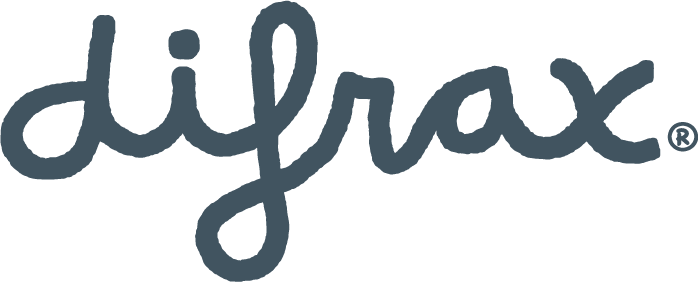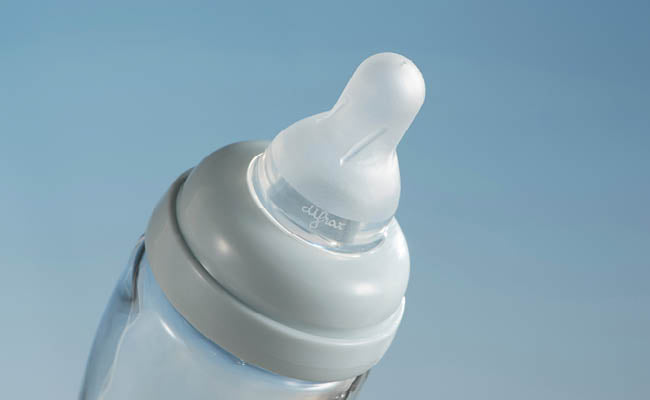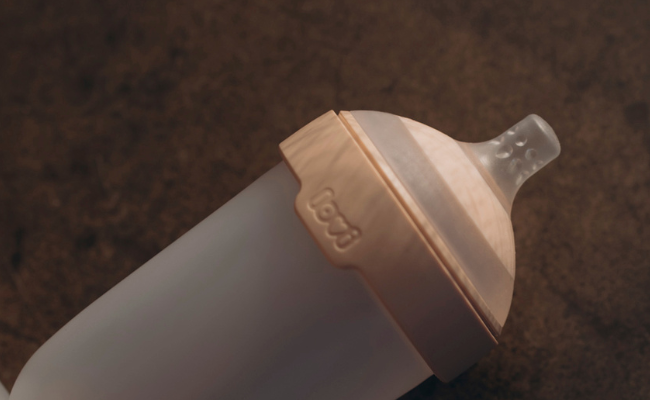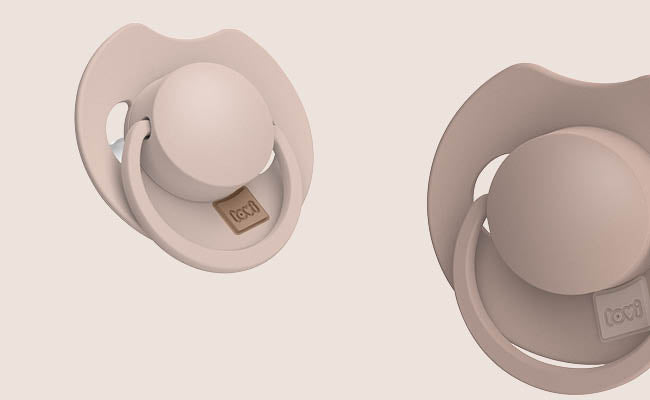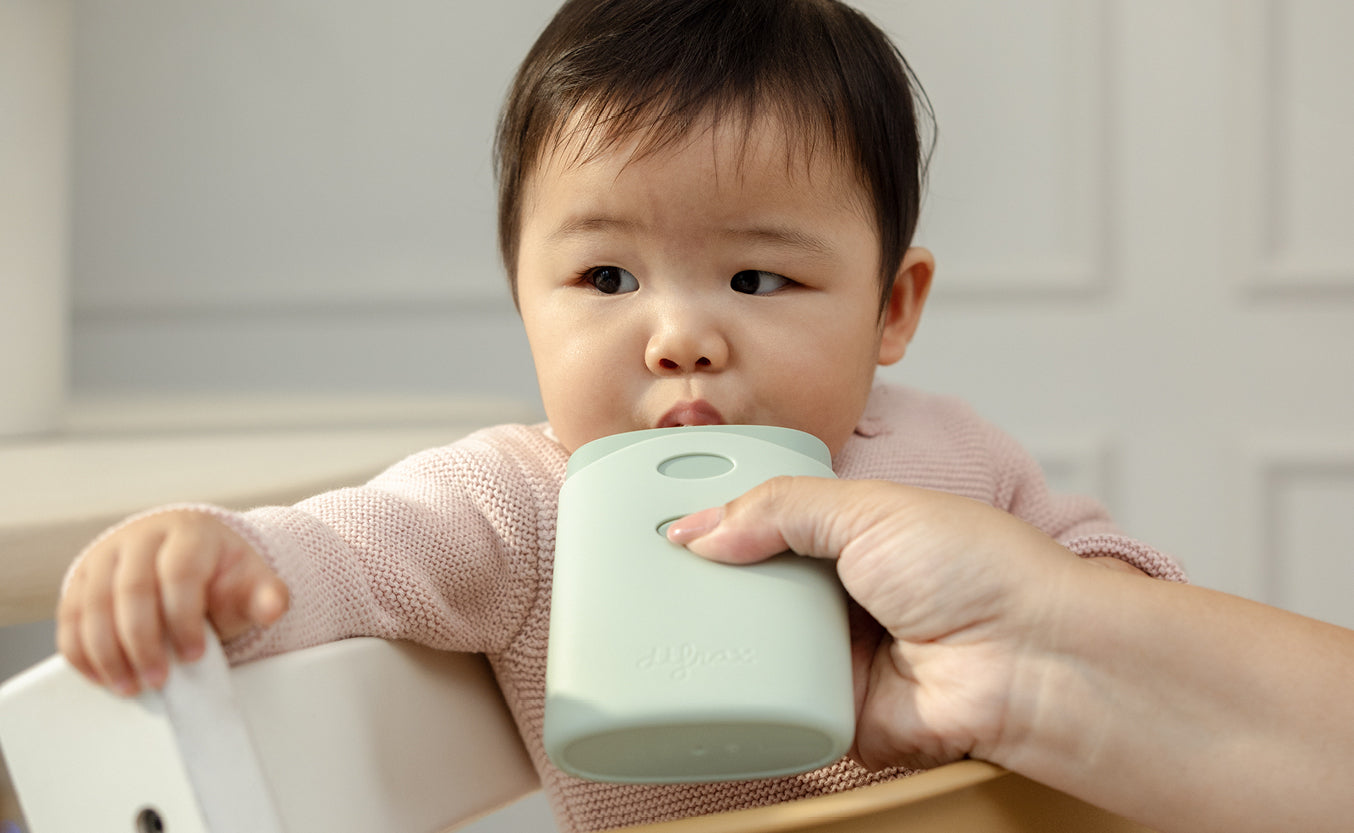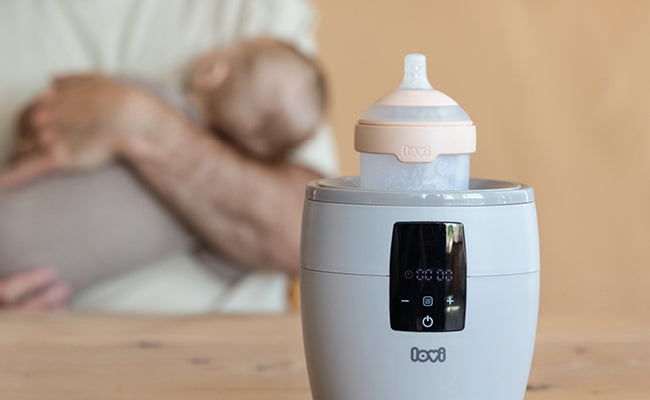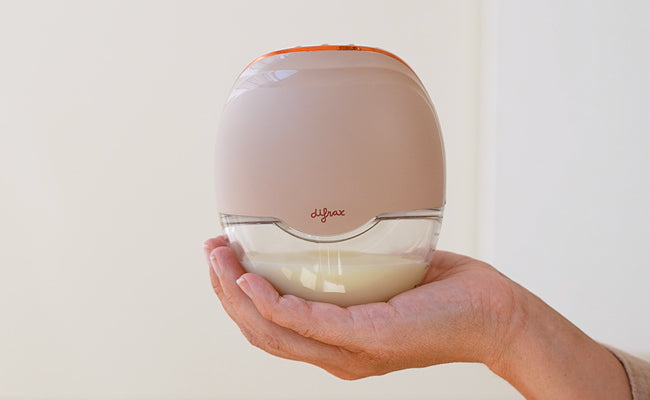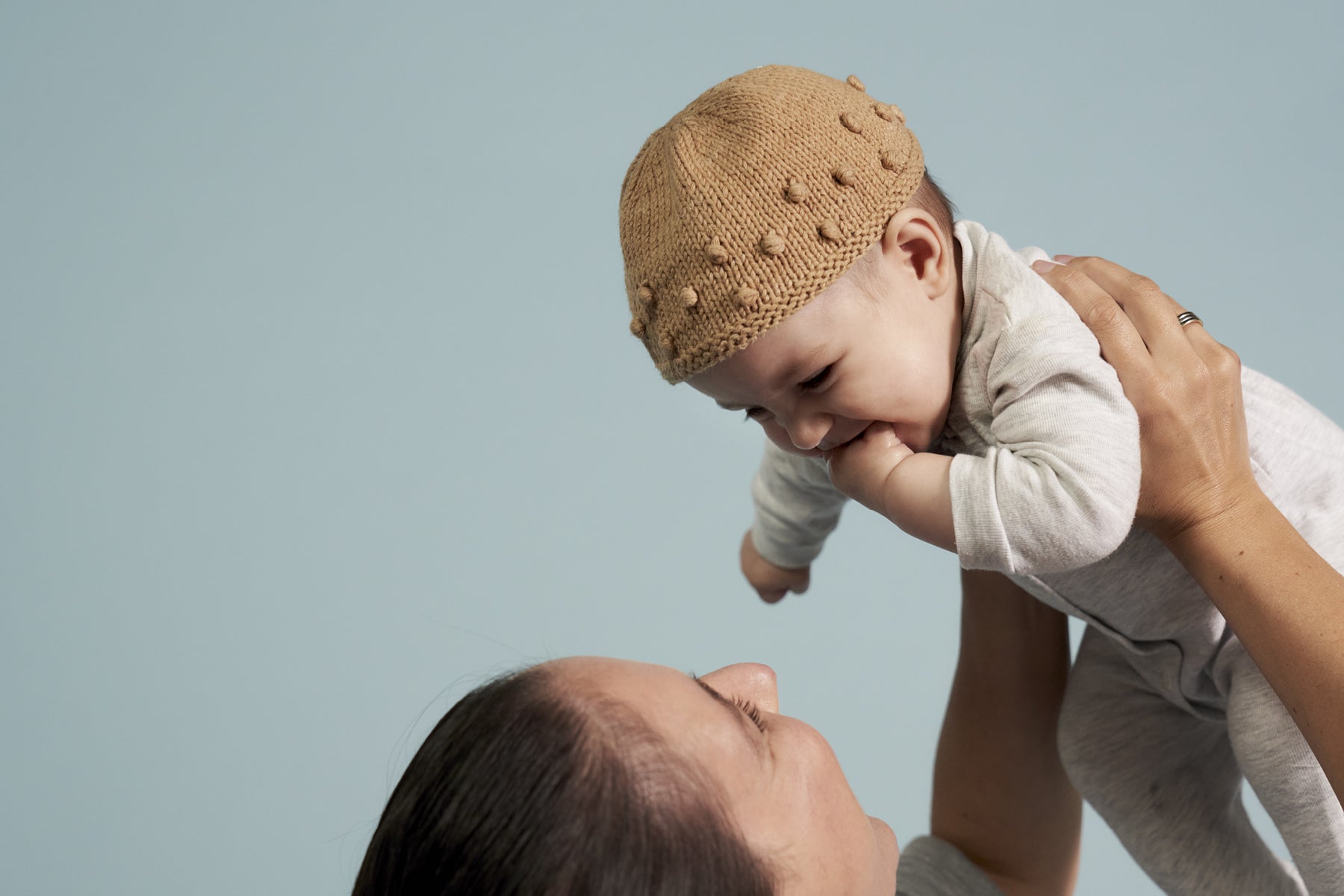Fopspenen, spenen en zuigflessen schoonmaken
Cleaning soothers, teats and baby bottles
Your baby’s immune system isn’t working at 100% yet. This makes your baby more vulnerable to infections than you. Hygiene is therefore very important for your baby. We’d like to explain the best ways to clean your baby bottles, pacifiers and bottle teats.A little help.
Watch this video for a short explanation about cleaning pacifiers, bottle teats and baby bottles. Below the video, you’ll find a more elaborate explanation.
How to clean baby products?
Before first-time use, we recommend sterilizing or boiling pacifiers, bottle teats and baby bottles. This will ensure that all bacteria are killed.
For the times to follow, there are various methods:
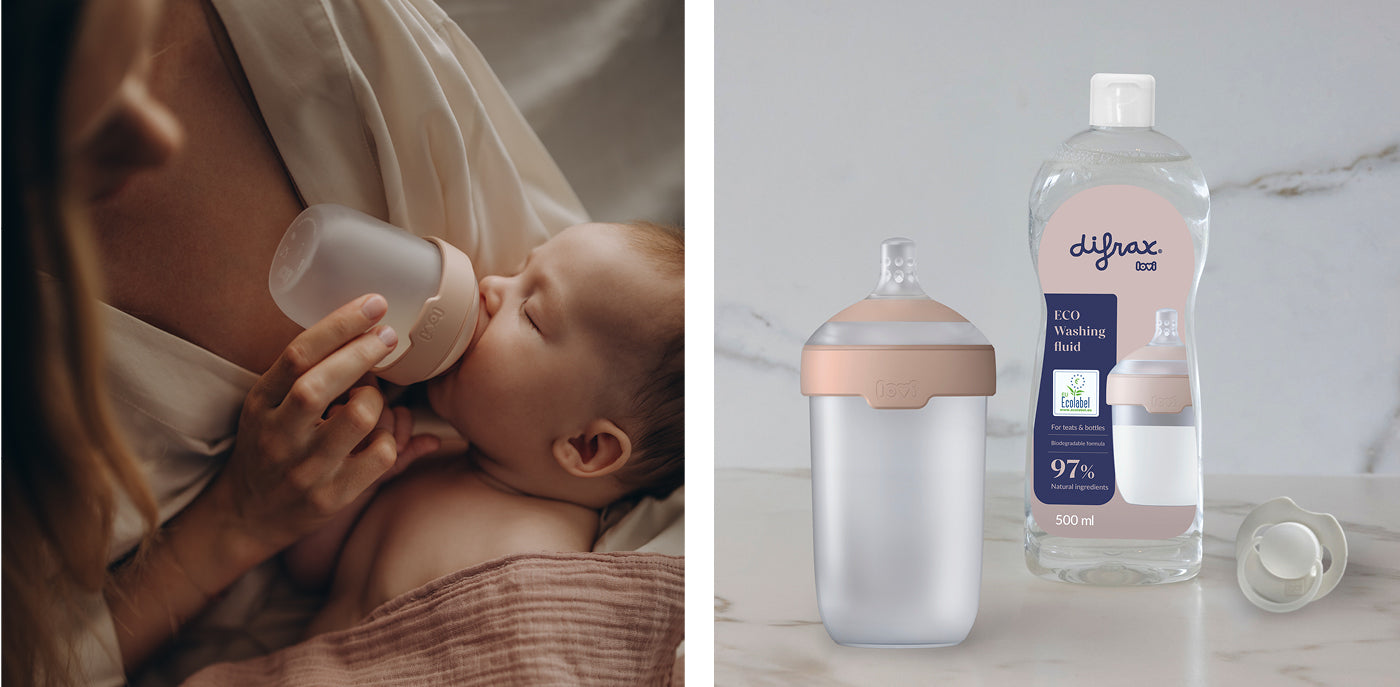
Cleaning with hot water and detergent
Rinse the bottle, teat and other parts with cold water first. This is necessary as proteins harden at 40°C, making them more difficult to clean. After this, you can clean the products under the tap with hot water and detergent.
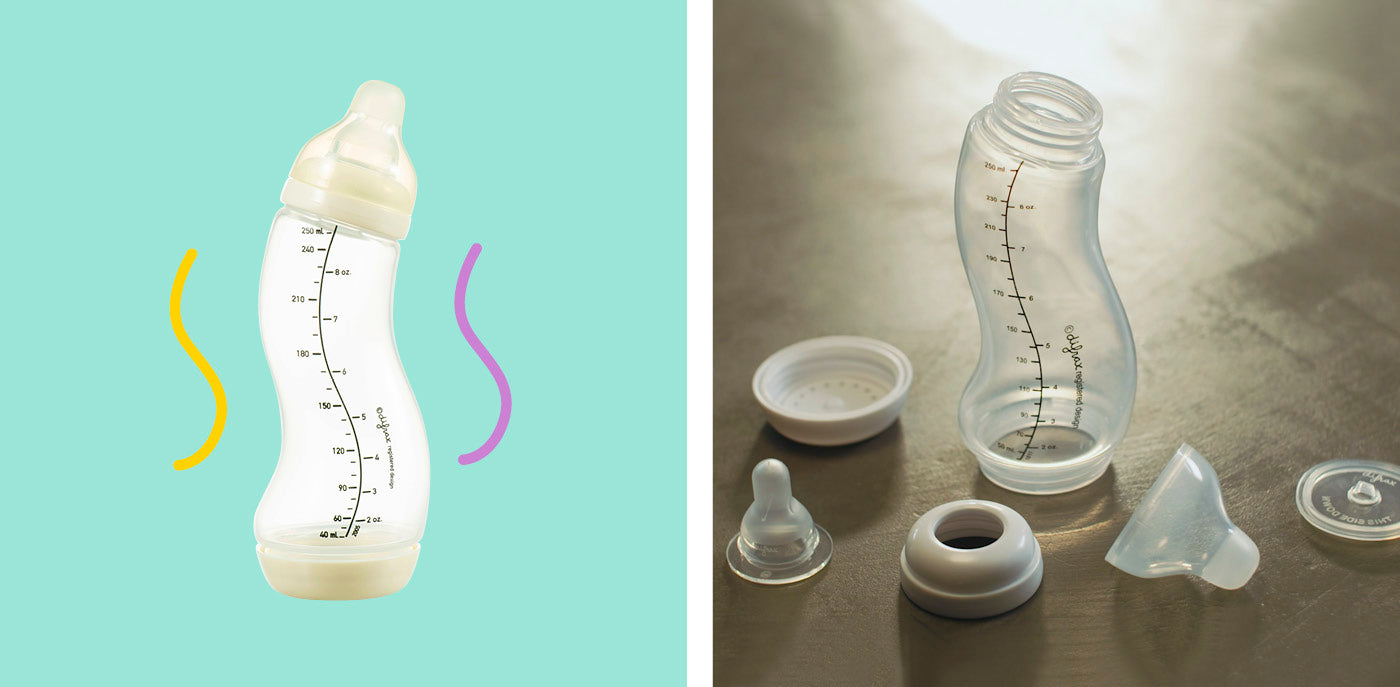
Cleaning in the dishwasher
Rinse the bottle, teat and other parts with cold water first to prevent the proteins from hardening. Then place the products in the top rack of the dishwasher and select a program of maximum 55°C.
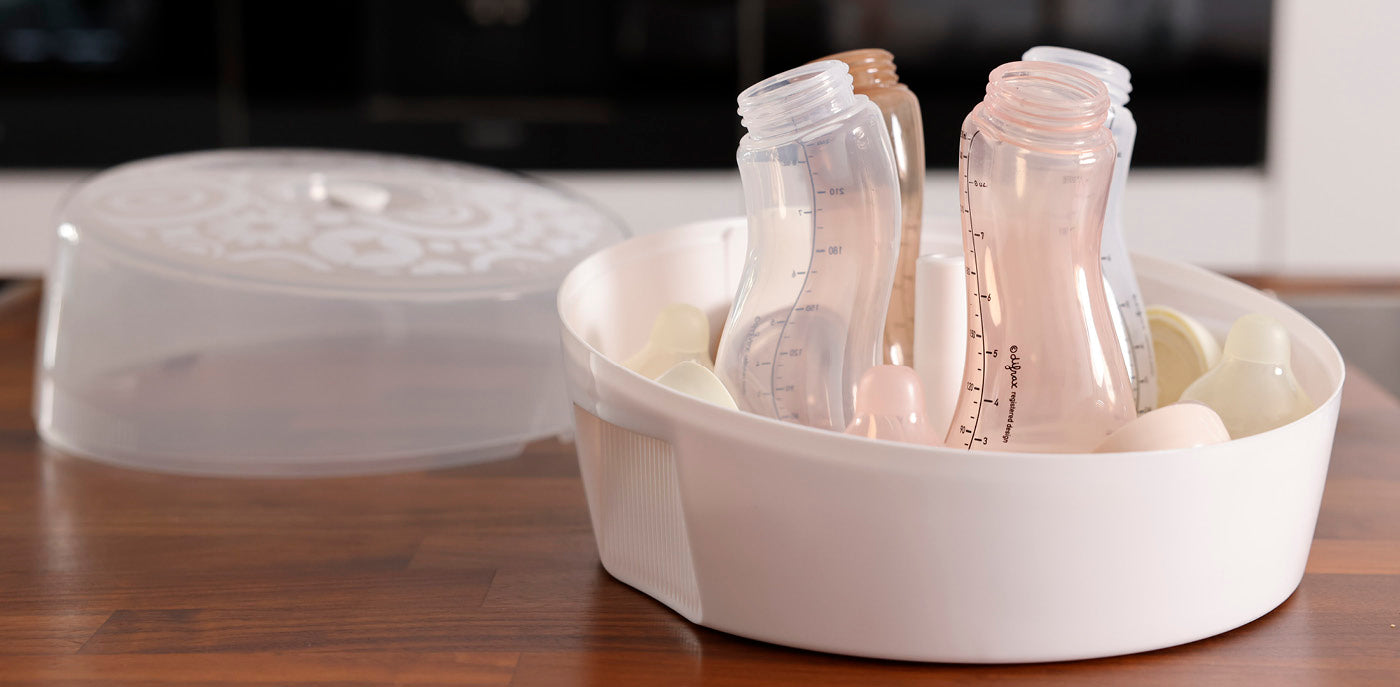
Cleaning in the sterilizer
Difrax has a microwave sterilizer and a sterilizing egg. The microwave sterilizer fits four baby bottles, various pacifiers/bottle teats and even parts of the breast pump. The sterilizer egg has room for two pacifiers. Both sterilizers work in a similar way: fill with water up to the mark, set the microwave to 800 Watts and switch it on for three minutes.
You also mustn’t forget to clean the larger baby products in your home. You can do this in the following way:
- Use a clean cloth and hot soapy water to wipe down larger baby products, like kitchen utensils and the highchair/baby chair.
- Then clean all the items that your baby puts in its mouth, like toys and their teething ring.
According to new guidelines, after the first use, it is no longer necessary to boil products. This doesn’t apply to premature babies, children with health problems and children with thrush. In these cases, sterilization or boiling is still recommended.
Cleaning pacifiers, bottle teats and baby bottles:
a list of handy tools






Difrax detergent is specially made for safely cleaning bottles, teats, pacifiers and washable accessories. The detergent is hypoallergenic, colourless and contains natural ingredients. With just a small amount you can effectively remove milk and porridge residue on baby bottles and other accessories.
- Easily removes milk and porridge residues
- Also suitable for cleaning toys
- Hypoallergenic and dermatologically tested
- Free from parabens and colourants
- pH neutral

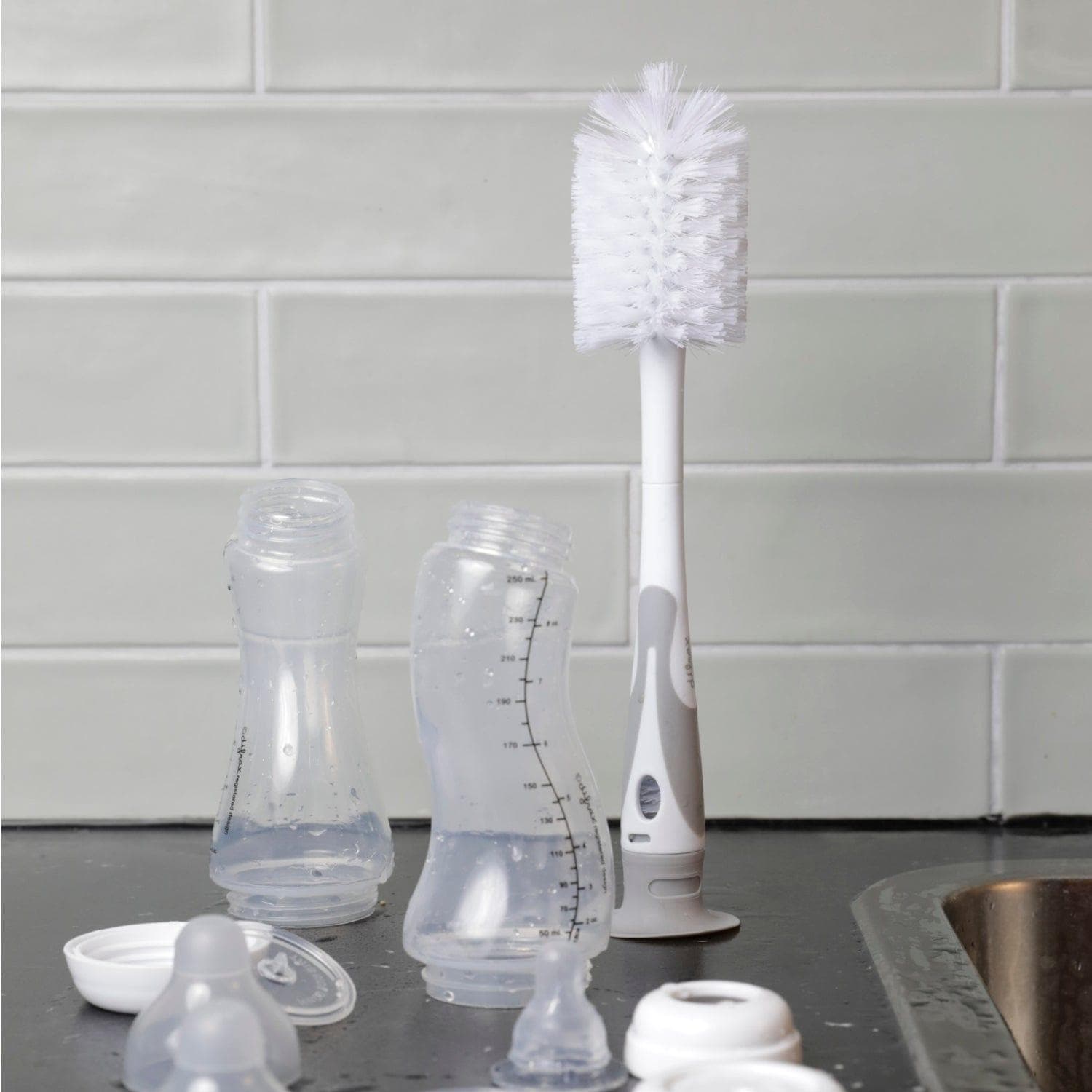
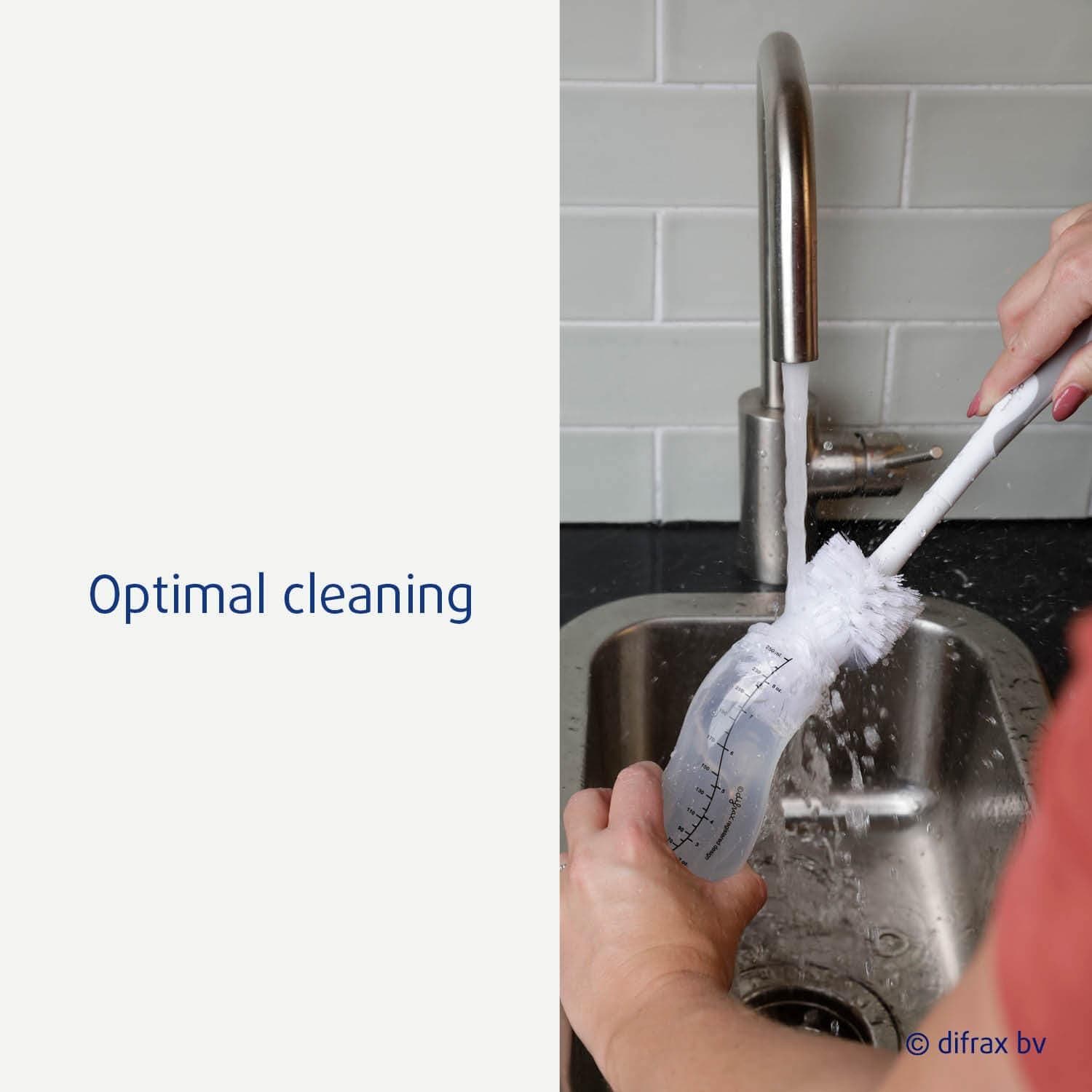
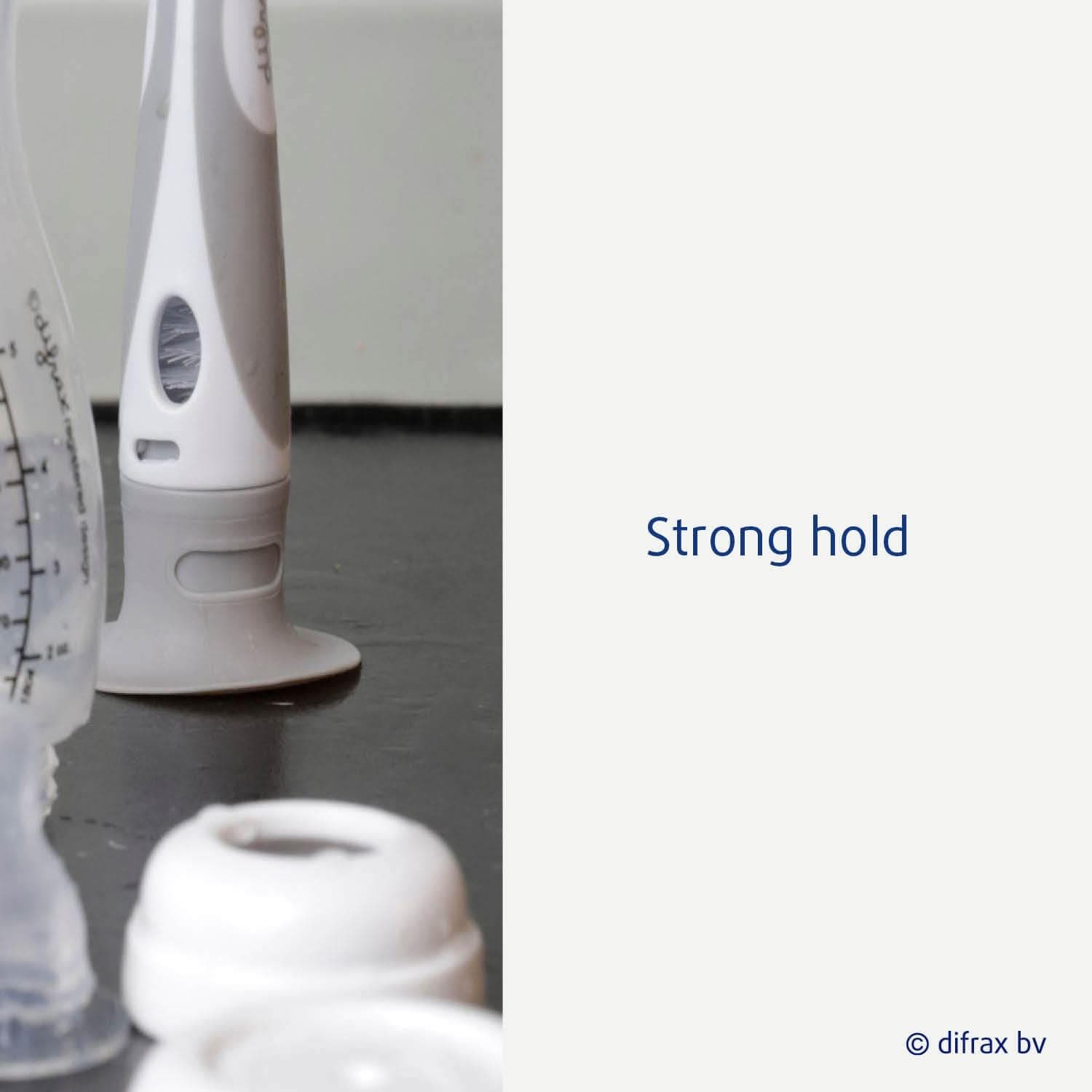
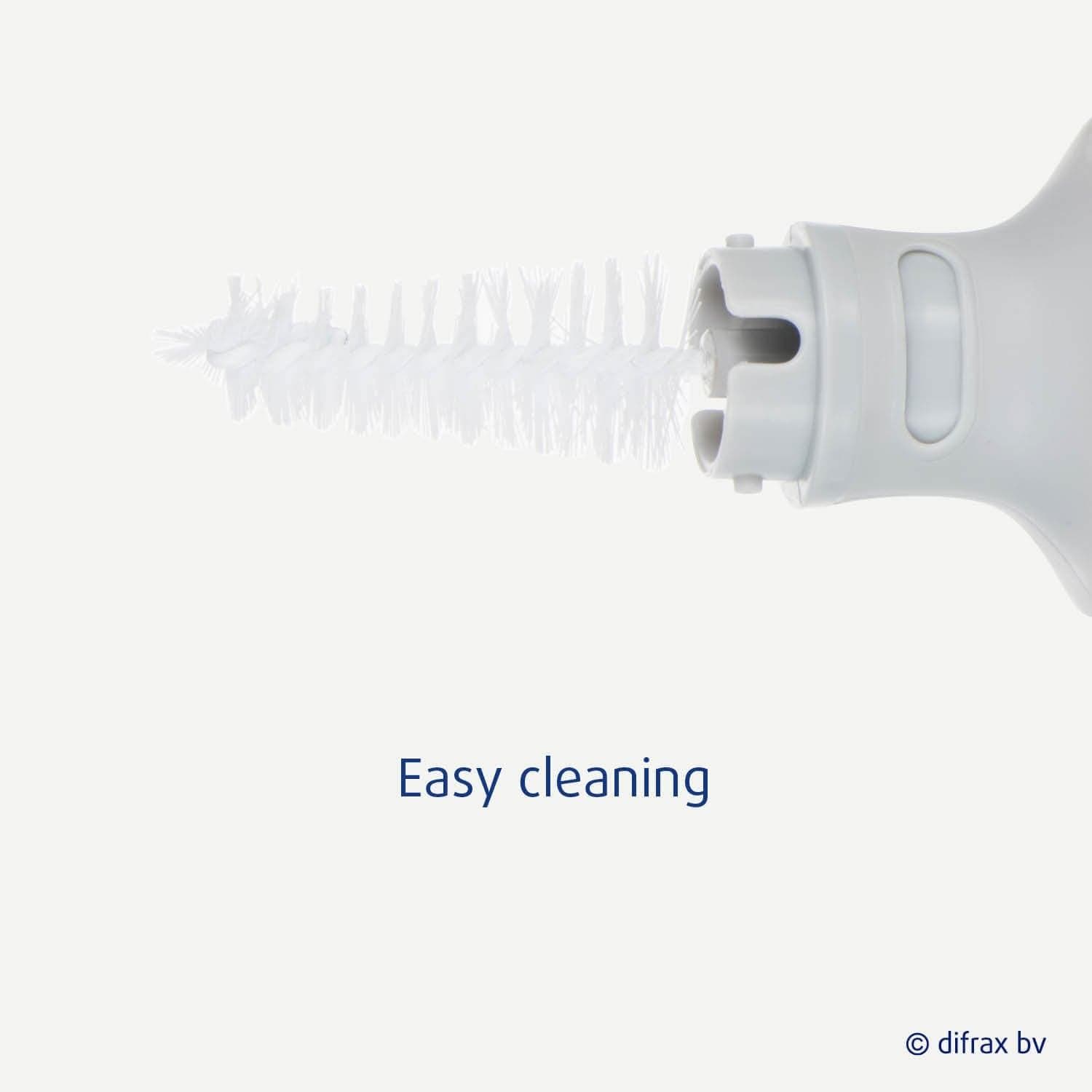
The Difrax bottle brush is a handy tool for cleaning your baby products. The small brush can be used for pacifiers, bottle teats and bottle parts. With the small brush, you can easily reach difficult spots. The large brush is used to clean the body of your baby bottles. The brush fits all the way through. This way, you make sure that your baby products are properly cleaned.
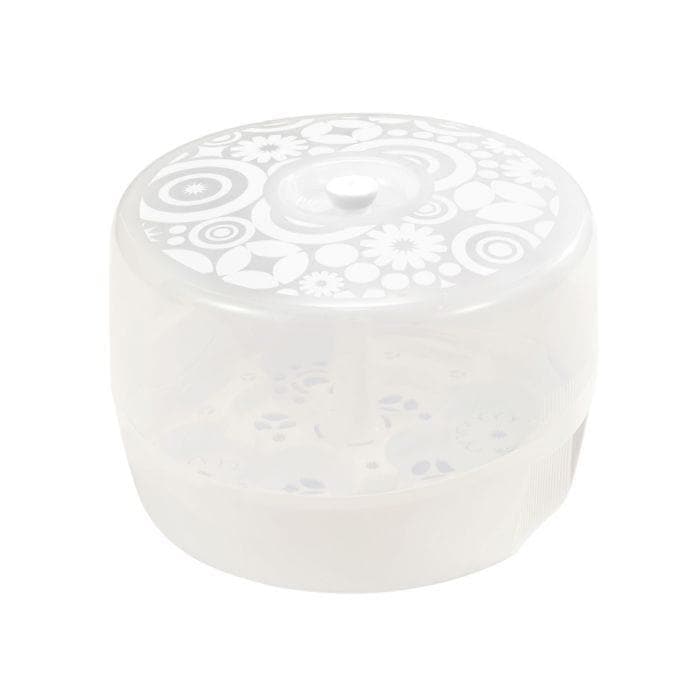

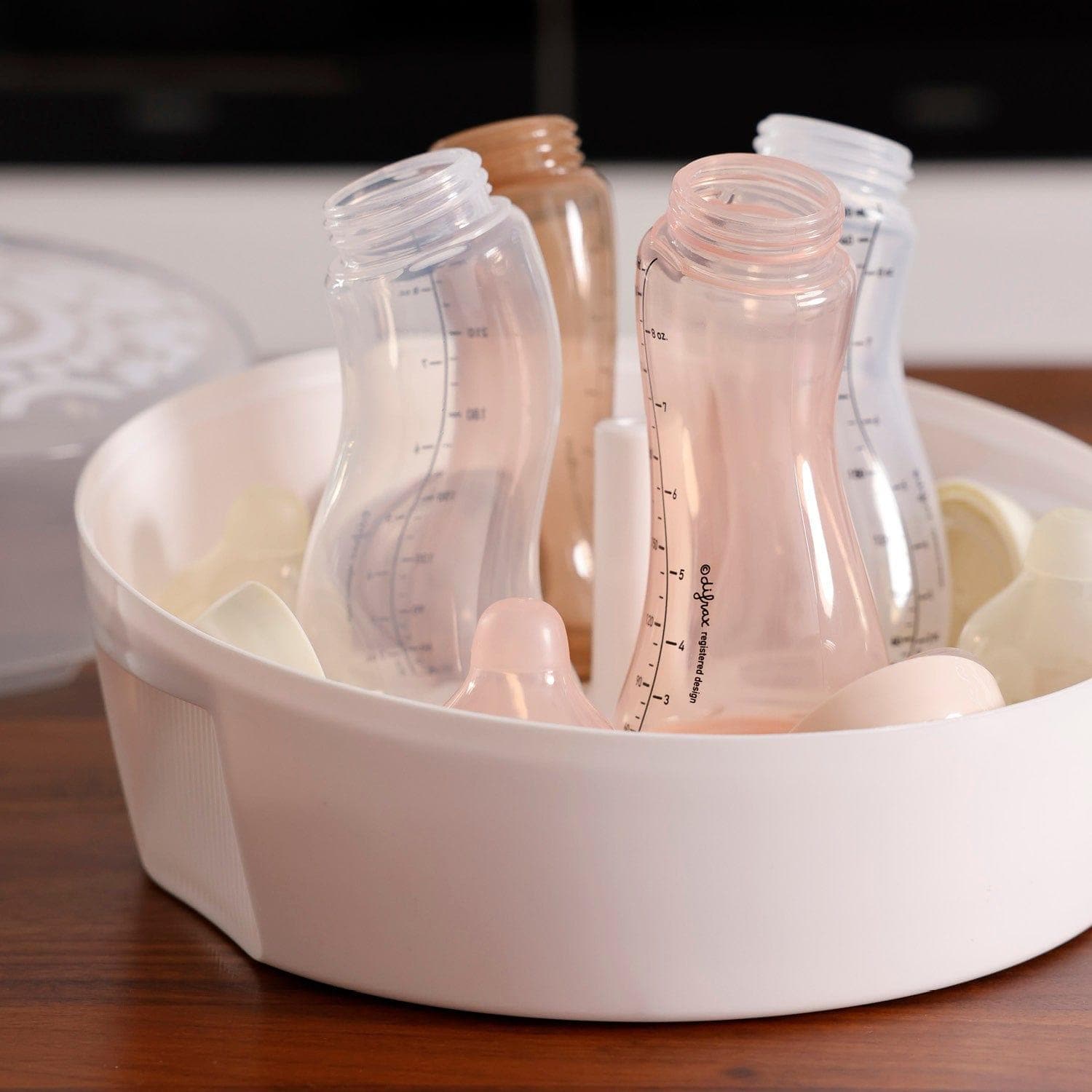
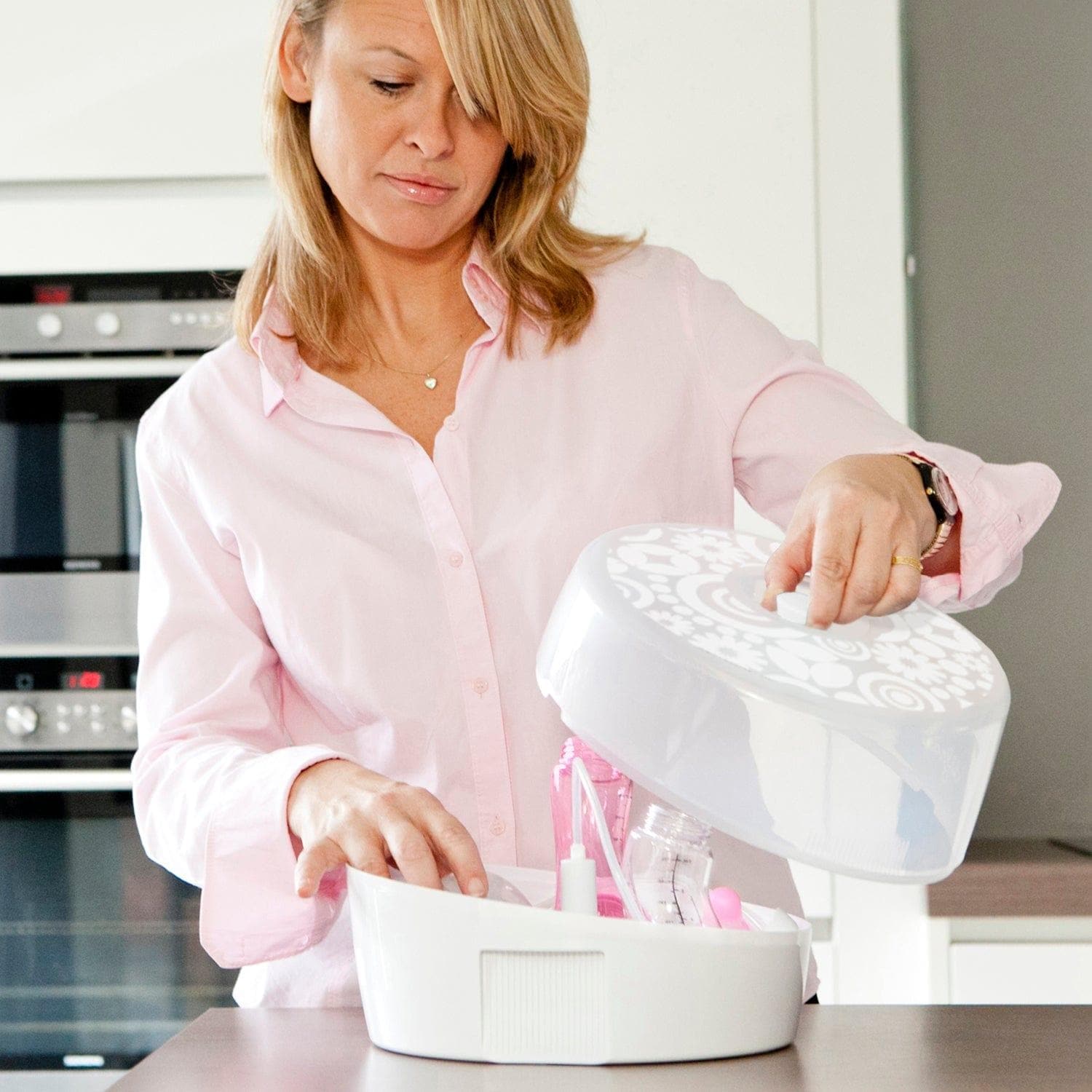
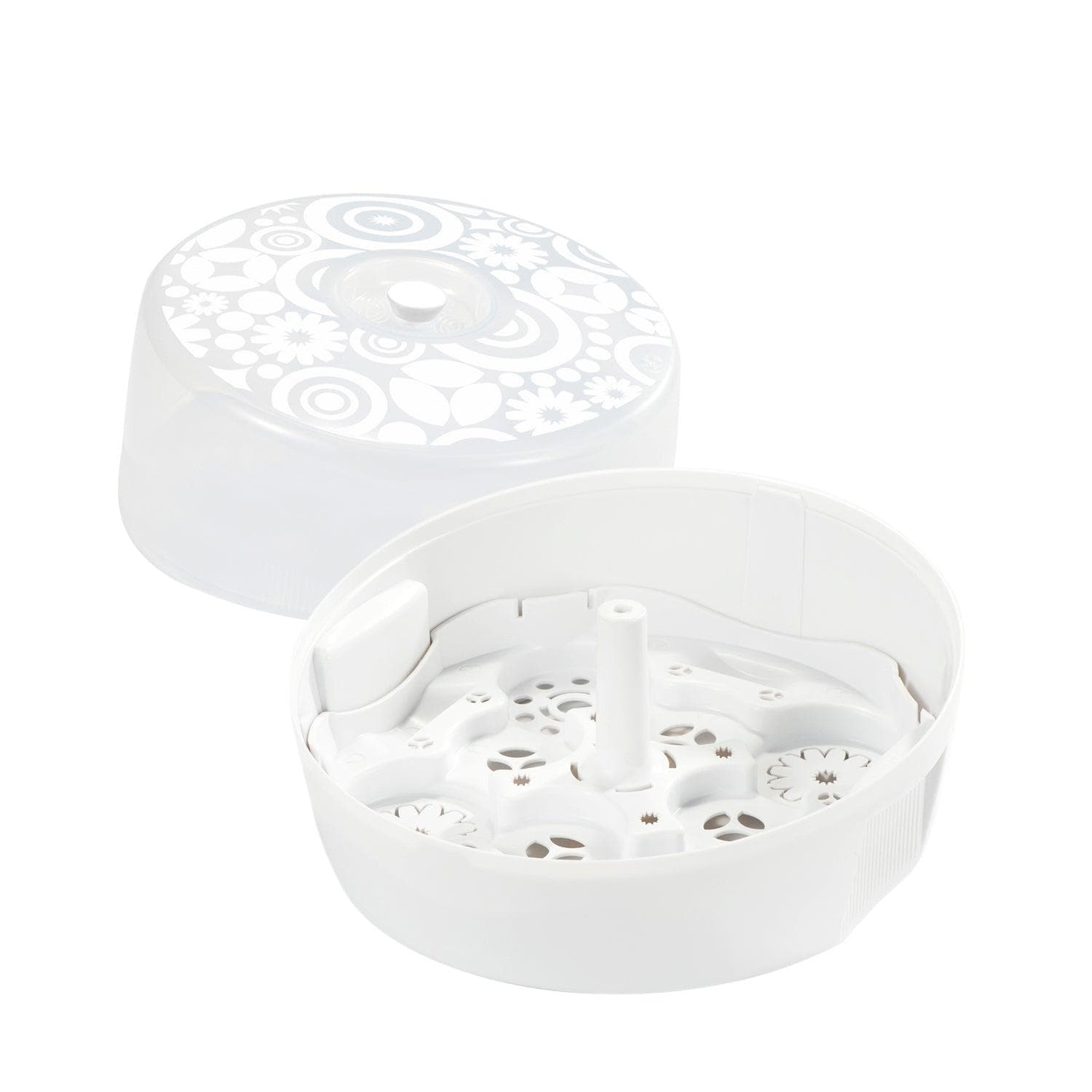
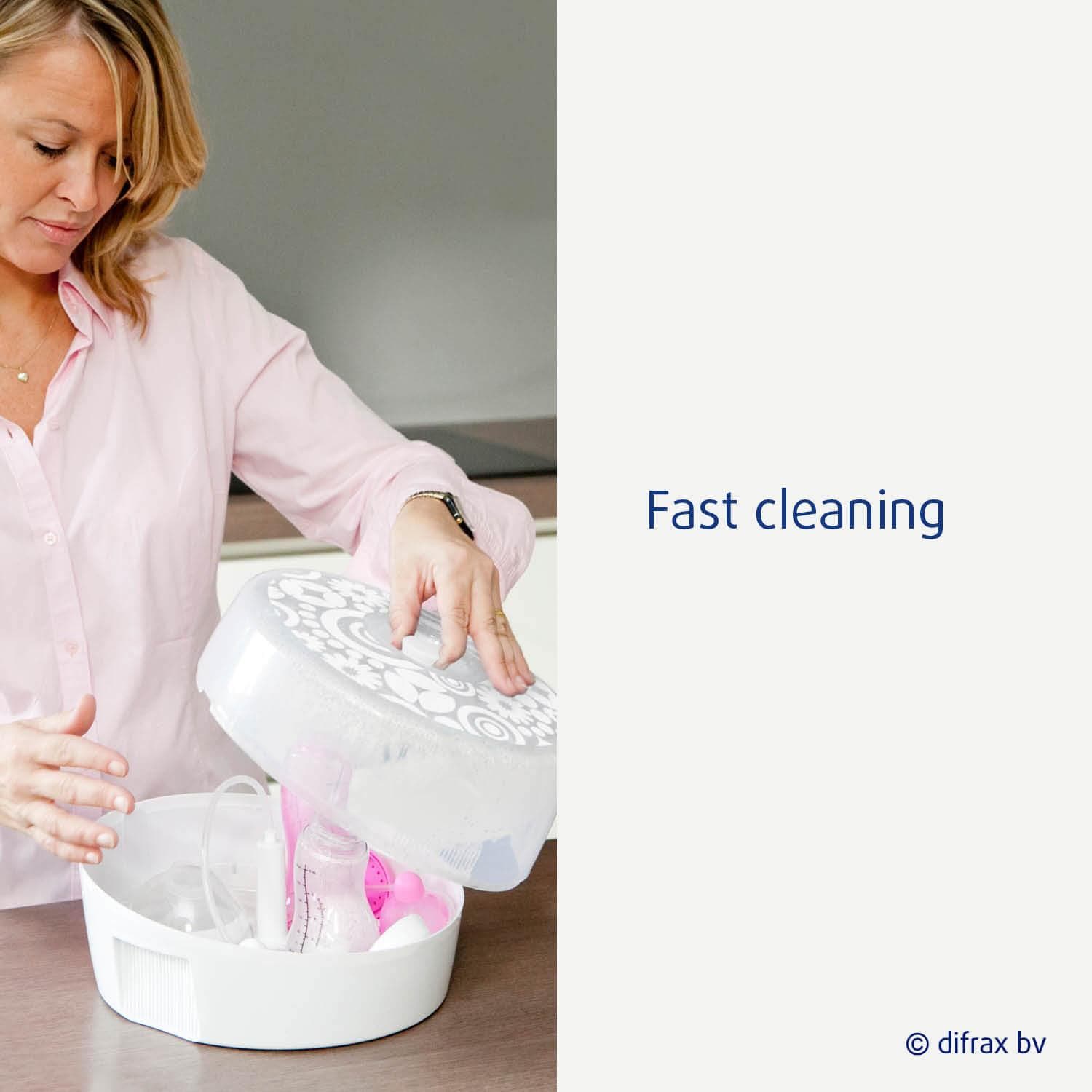
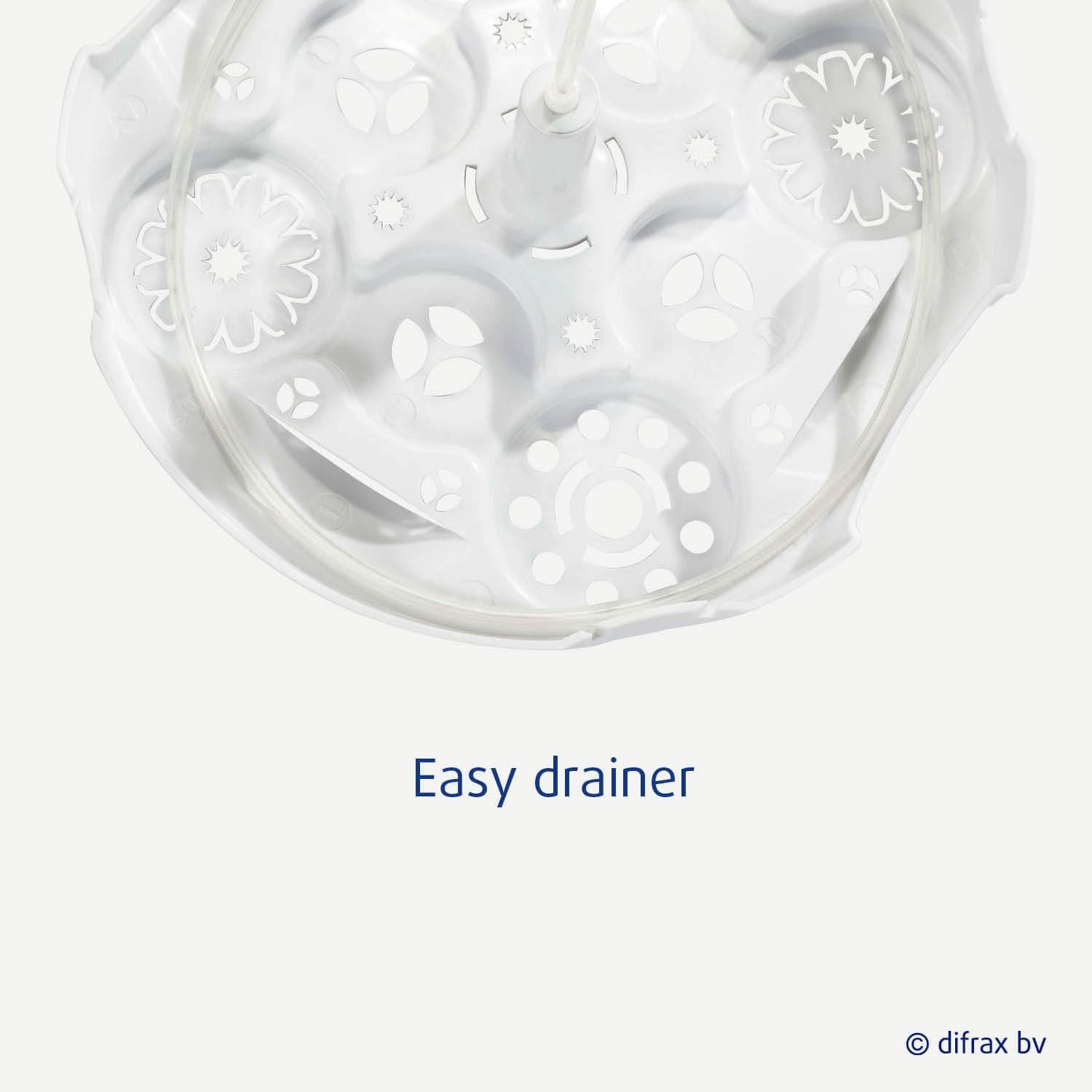
The Difrax microwave sterilizer is a handy tool to clean your baby products in an efficient and hygienic way. The microwave sterilizer fits four baby bottles, various pacifiers/bottle teats and even parts of the breast pump.
Fill the sterilizer with water up to the mark (200 ml) and put in the baby products. Place the lid on and put it in the microwave. Set the microwave to 800 Watts and set the timer to five minutes. Wait until the sterilizer has cooled down and then take it out of the microwave. You can now remove the products with the removable drip rack, which allows them to air dry.
The Difrax S-bottle is completely demountable. When sterilizing the S-bottle, make sure you always sterilize the whole bottle, i.e., the bottle teat and all the other parts.
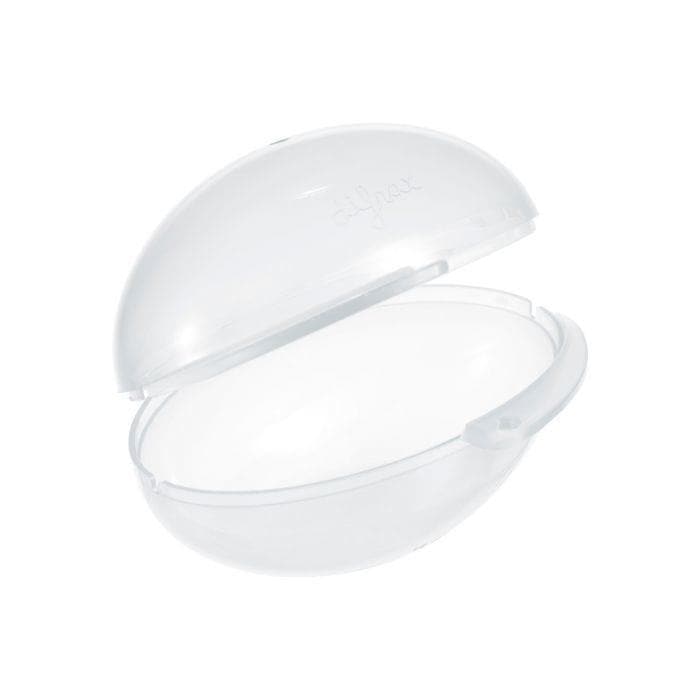
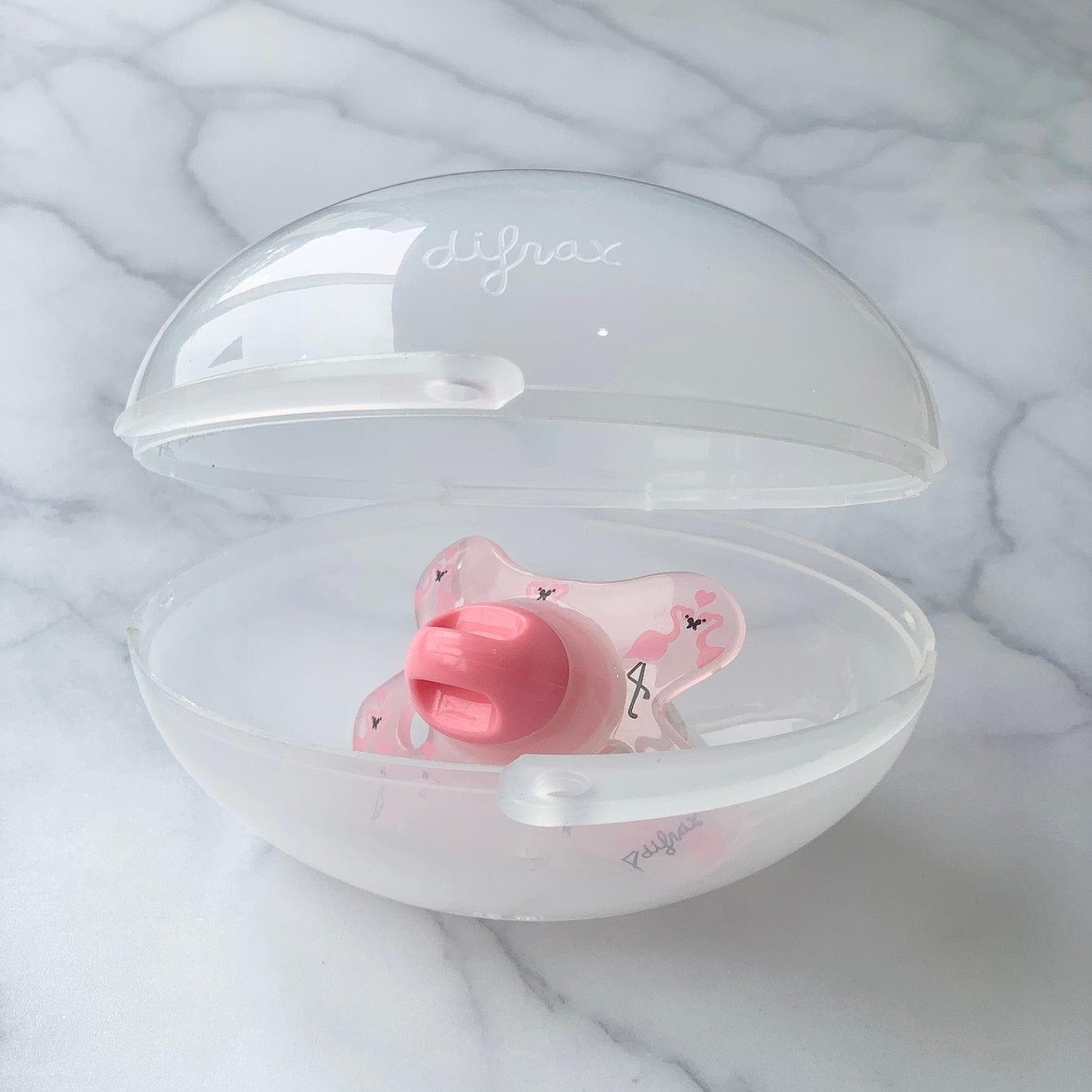
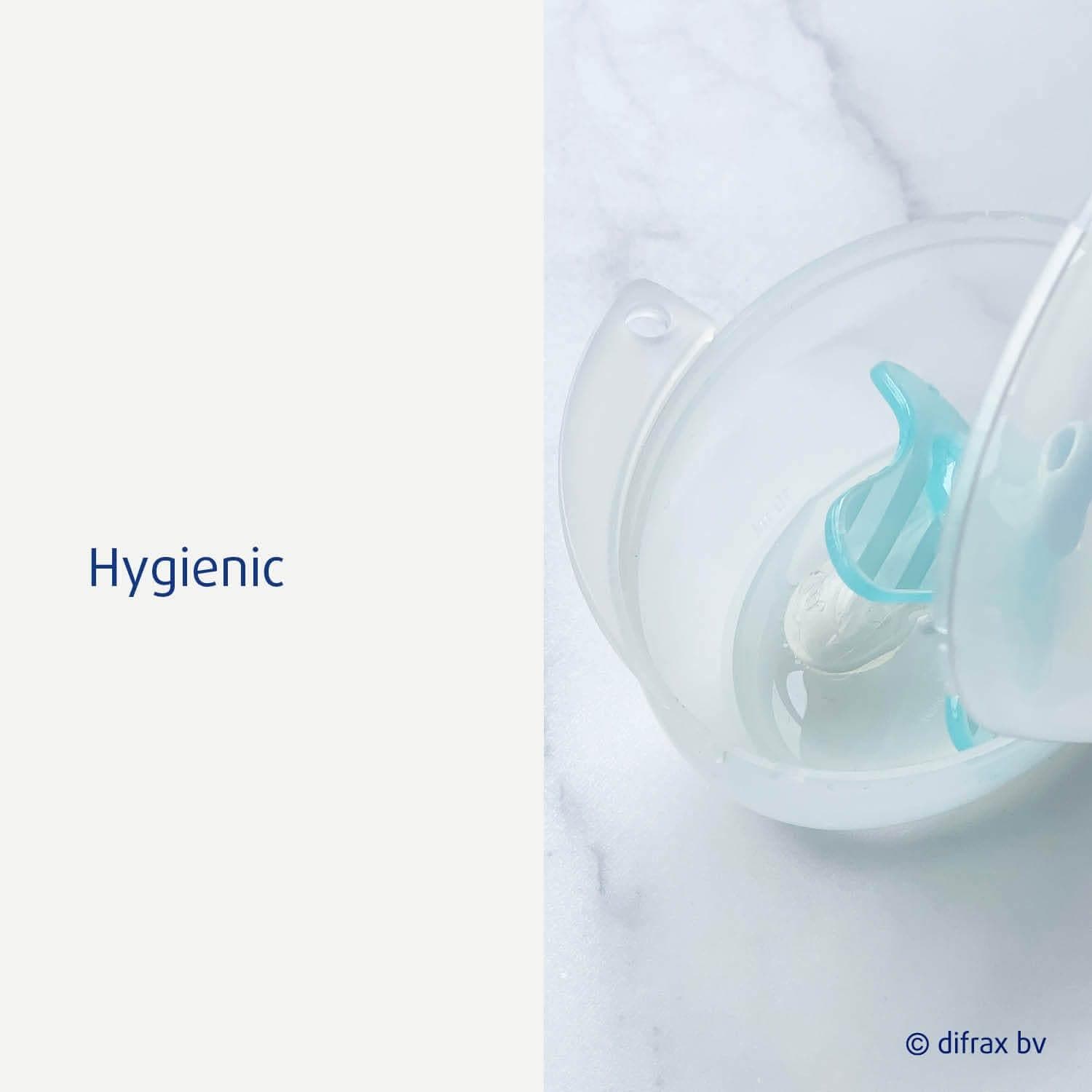
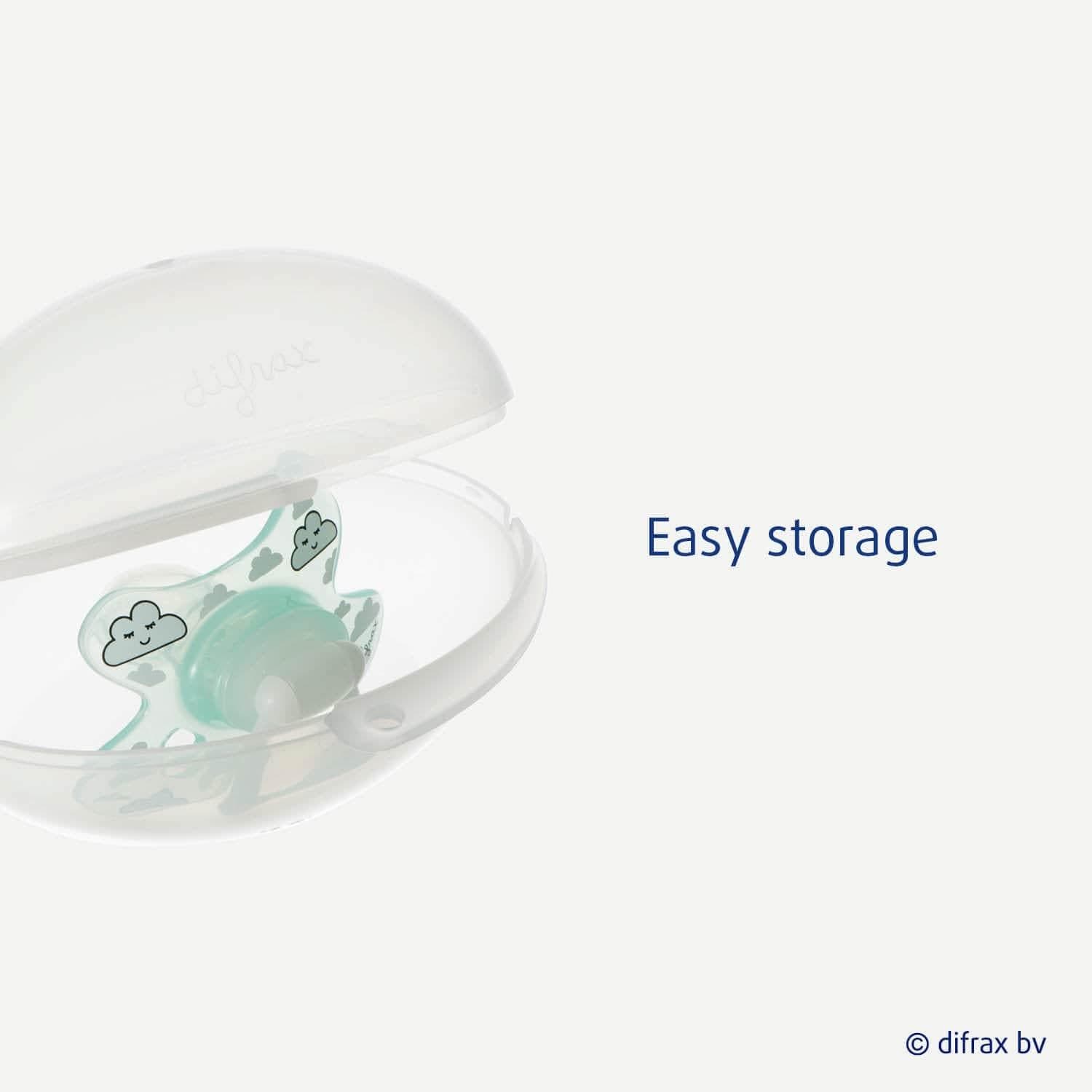
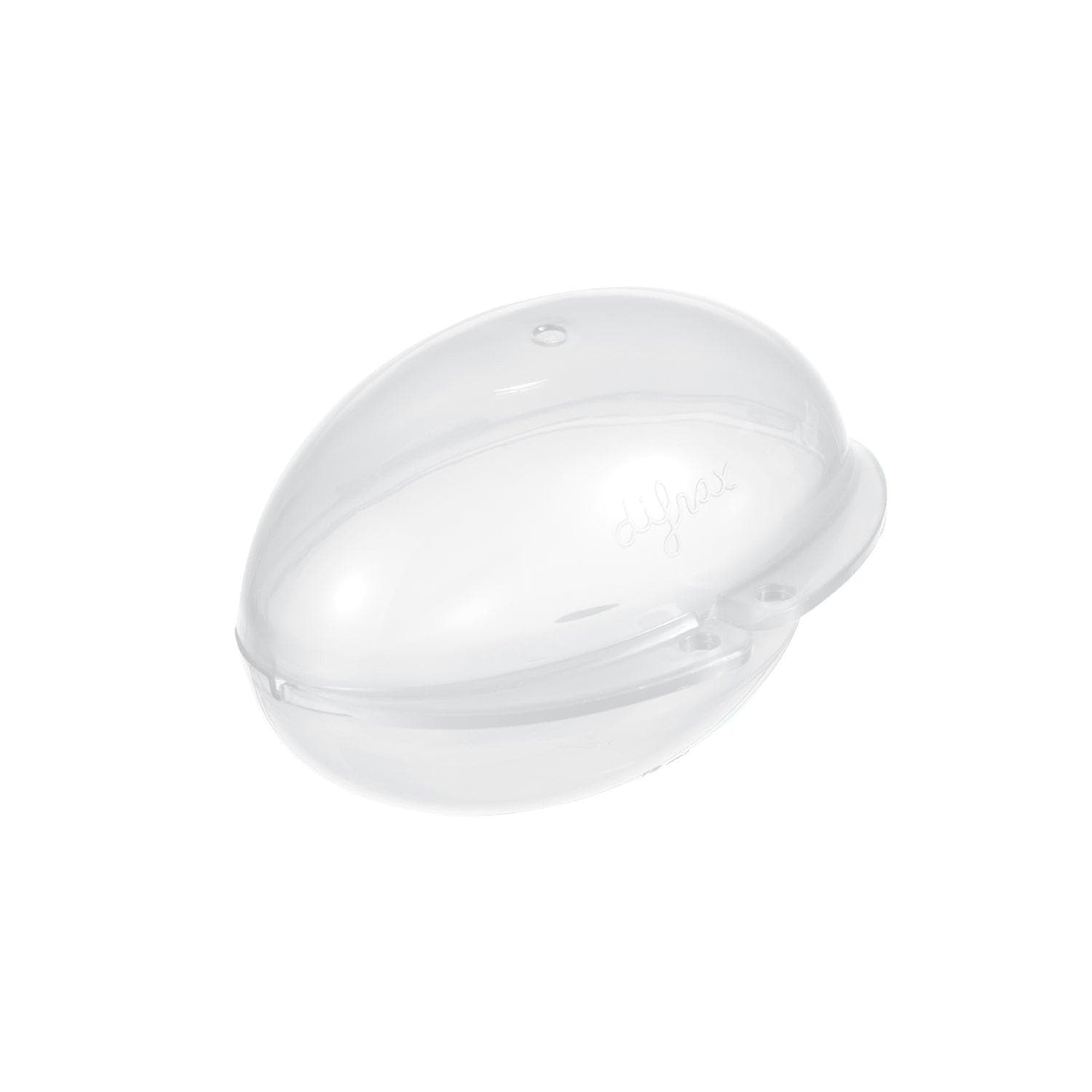
With the Difrax sterilization egg, you can sterilize two pacifiers or bottle teats easily, hygienically and quickly. Fill the egg with water up to the mark (10 ml). Set the microwave to 800 Watts and set the timer to three minutes. Wait until the egg has cooled down, take it out of the microwave and pour the water out through the holes in the side. The sterilizer egg can also be used as a container—handy for when you’re on the move!
